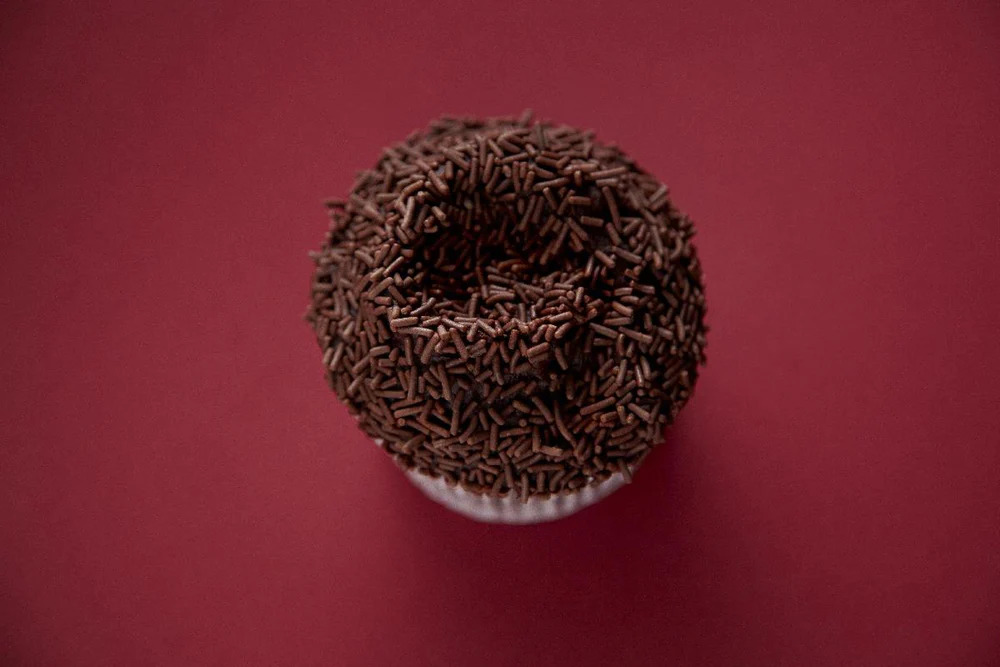20 baking mistakes to avoid

April 15, 2023

- Using out of season fruits. Fruits have a much better flavour when used in season. Choose in-season recipes which allow you to make the most of the wonderful selection of fruits available all year round.
- Not measuring out accurately. Always take your time when measuring ingredients to read the recipe instructions carefully. When measuring sticky syrups, a spritz of cooking oil spray on the measuring spoon will help to get the right amount off the spoon and into the bowl.
- Your cupcakes or cookies aren’t the same size. We use food portioners to get all of our cupcakes, cookies and whoopie pies an equal size. These are available online and from catering equipment retailers. Even an ice cream scoop works well.
- Sinking fruits and chocolate chips. Dust fruits and chocolate chips with flour before tumbling them into your cake or muffin mixture and this can help prevent sinking. Be sure to only add heavy fruits and chocolate chips at the last minute before putting your batter into the oven so they have less time to sink.
- Not preheating your oven until it reaches a stable temperature. Baking in particular requires a constant temperature to get the cooking time right. Give your oven plenty of time to preheat before baking.
- Using the wrong tin size. This changes the baking time required by altering the dimensions of the cake. Don’t be tempted to make a larger amount of cake mix fit into a smaller tin or the mixture will overflow. E.g. the mixture for a 10” tin will not fit in a 9” tin.

- Twisting your cutter. Never twist the cutter when making biscuits or scones. Twisting seals the dough together and prevents it from rising as high, so always press the cutter straight down and let the dough fall out into your hand.
- Overfilling your cupcake cases. Only fill your cupcake cases and cake tins two-thirds full to leave rising room.
- Not calibrating your oven temperature. Use an oven thermometer to check the temperature of your oven before baking. Many ovens are hotter or cooler than you think.
- Over-cramming your oven. Putting too many tins into your oven at any one time changes the air circulation and can slow down the cooking times.

- Not smoothing out your cakes. Smooth out the cake mixture gently with a spatula after you have poured it into the tin if it doesn’t naturally settle flat. This will help to prevent large air holes from forming and will keep your sponge an even thickness throughout.
- Failing to test your cakes to see whether they are cooked. Make sure you use a clean metal or wooden skewer to test whether the centre of your cakes are done. If the cake is cooked, it should come out clean (unless it is a brownie or something equally fudgy and gooey) and the sponge should spring back when lightly pressed. Remember, baking times are guides only, so your cake will only be ready when it’s ready!
- Not timing the recipe correctly. Let any necessary ingredients reach room temperature (e.g. butter, eggs) before beginning the recipe and sift your dry ingredients ahead of time. Get the oven preheating while you measure out ingredients and begin mixing them. Have the sponges already out of the oven and cooling while you make any frostings or buttercreams. This will give your cakes more time to cool.
- Substituting ingredients not suggested in the recipe. There’s absolutely nothing wrong with experimenting but remember that baking is an exact science and substituting ingredients will mess with the recipe. Be prepared for things to turn out differently if you choose not to follow the recipe to the letter. Beware of substituting with anything low fat that lowers the fat content of the recipe as this can change the texture and flavour significantly.
- Not giving your sponges enough time to cool before frosting. Never frost a cake or cupcake while the sponges are still warm. Let your sponges cool in the tins for a while (approximately 5-10 minutes) before turning out carefully onto a cooling rack. Any longer in their tins and the cakes will begin to sweat from the steam condensation and this can make the sponges soggy. Never try to speed up the process by putting it in a refrigerator or freezer.

Comment(s)
